Intro Stats, Global Edition, 6th edition
$11.00
Intro Stats, Global Edition — (Perpetual Access) – E-Book – PDF by Richard D. De Veaux-Paul F. Velleman-David E. Bock
Format: Original PDF
Language: English
Publisher: Pearson
Publitshion date: 2024
ISBN: 9781292470641, 9781292470634
Description
Description
Intro Stats, Global Edition — (Perpetual Access) – E-Book – PDF by Richard D. De Veaux-Paul F. Velleman-David E. Bock
Format: Original PDF
Language: English
Publisher: Pearson
Publitshion date: 2024
ISBN: 9781292470641, 9781292470634
Table of contents
*
Indicates optional section
I: EXPLORING AND UNDERSTANDING DATA
Stats Starts Here
1.1 What Is Statistics?
1.2 Data
1.3 Variables
1.4 Models
Displaying and Describing Data
2.1 Summarizing and Displaying a Categorical Variable
2.2 Displaying a Quantitative Variable
2.3 Shape
2.4 Center
2.5 Spread
Relationships Between Categorical Variables: Contingency Tables
3.1 Contingency Tables
3.2 Conditional Distributions
3.3 Displaying Contingency Tables
3.4 Three Categorical Variables
Understanding and Comparing Distributions
4.1 Displays for Comparing Groups
4.2 Outliers
4.3 Re-Expressing Data: A First Look
The Standard Deviation as a Ruler and the Normal Model
5.1 Using the standard deviation to Standardize Values
5.2 Shifting and Scaling
5.3 Normal Models
5.4 Working with Normal Percentiles
5.5 Normal Probability Plots
Review of Part I: Exploring and Understanding Data
II: EXPLORING RELATIONSHIPS BETWEEN VARIABLES
Scatterplots, Association, and Correlation
6.1 Scatterplots
6.2 Correlation
6.3 Warning: Correlation ≠ Causation
6.4 *Straightening Scatterplots
Linear Regression
7.1 Least Squares: The Line of “Best Fit”
7.2 The Linear Model
7.3 Finding the Least Squares Line
7.4 Regression to the Mean
7.5 Examining the Residuals
7.6 R2: The Variation Accounted for by the Model
7.7 Regression Assumptions and Conditions
Regression Wisdom
8.1 Examining Residuals
8.2 Extrapolation: Reaching Beyond the Data
8.3 Outliers, Leverage, and Influence
8.4 Lurking Variables and Causation
8.5 Working with Summary Values
8.6 * Straightening Scatterplots: The Three Goals
8.7 * Finding a Good Re-Expression
Multiple Regression
9.1 What Is Multiple Regression?
9.2 Interpreting Multiple Regression Coefficients
9.3 The Multiple Regression Model: Assumptions and Conditions
9.4 Partial Regression Plots
9.5 * Indicator Variables
Review of Part II: Exploring Relationships Between Variables
III: GATHERING DATA
Sample Surveys
10.1 The Three Big Ideas of Sampling
10.2 Populations and Parameters
10.3 Simple Random Samples
10.4 Other Sampling Designs
10.5 From the Population to the Sample: You Can’t Always Get What You Want
10.6 The Valid Survey
10.7 Common Sampling Mistakes, or How to Sample Badly
Experiments and Observational Studies
11.1 Observational Studies
11.2 Randomized, Comparative Experiments
11.3 The Four Principles of Experimental Design
11.4 Control Groups
11.5 Blocking
11.6 Confounding
Review of Part III: Gathering Data
IV: FROM THE DATA AT HAND TO THE WORLD AT LARGE
From Randomness to Probability
12.1 Random Phenomena
12.2 Modeling Probability
12.3 Formal Probability
12.4 Conditional Probability and the General Multiplication Rule
12.5 Independence
12.6 Picturing Probability: Tables, Venn Diagrams, and Trees
12.7 Reversing the Conditioning and Bayes’ Rule
Sampling Distributions and Confidence Intervals for Proportions
13.1 The Sampling Distribution for a Proportion
13.2 When Does the Normal Model Work? Assumptions and Conditions
13.3 A Confidence Interval for a Proportion
13.4 Interpreting Confidence Intervals: What Does 95% Confidence Really Mean?
13.5 Margin of Error: Certainty vs. Precision
13.6 * Choosing the Sample Size
Confidence Intervals for Means
14.1 The Central Limit Theorem
14.2 A Confidence interval for the Mean
14.3 Interpreting confidence intervals
14.4 * Picking our Interval Up by our Bootstraps
14.5 Thoughts about Confidence Intervals
Testing Hypotheses
15.1 Hypotheses
15.2 P-values
15.3 The Reasoning of Hypothesis Testing
15.4 A Hypothesis Test for the Mean
15.5 Intervals and Tests
15.6 P-Values and Decisions: What to Tell About a Hypothesis Test
More About Tests and Intervals
16.1 Interpreting P-values
16.2 Alpha Levels and Critical Values
16.3 Practical vs. Statistical Significance
16.4 Errors
Review of Part IV: From the Data at Hand to the World at Large
V: INFERENCE FOR RELATIONSHIPS
Comparing Groups
17.1 A Confidence Interval for the Difference Between Two Proportions
17.2 Assumptions and Conditions for Comparing Proportions
17.3 The Two-Sample z-Test: Testing the Difference Between Proportions
17.4 A Confidence Interval for the Difference Between Two Means
17.5 The Two-Sample t-Test: Testing for the Difference Between Two Means
17.6 * Randomization-Based Tests and Confidence Intervals for Two Means
17.7 * Pooling
17.8 * The Standard Deviation of a Difference
Paired Samples and Blocks
18.1 Paired Data
18.2 The Paired t-Test
18.3 Confidence Intervals for Matched Pairs
18.4 Blocking
Comparing Counts
19.1 Goodness-of-Fit Tests
19.2 Chi-Square Tests of Homogeneity
19.3 Examining the Residuals
19.4 Chi-Square Test of Independence
Inferences for Regression
20.1 The Regression Model
20.2 Assumptions and Conditions
20.3 Regression Inference and Intuition
20.4 The Regression Table
20.5 Multiple Regression Inference
20.6 Confidence and Prediction Intervals
20.7 * Logistic Regression
20.8 * More About Regression
Review of Part V: Inference for Relationships
Parts I–V Cumulative Review ExercisesAppendixes:
Answers
Credits
Indexes
Tables and Selected Formulas
Reviews (0)
Only logged in customers who have purchased this product may leave a review.

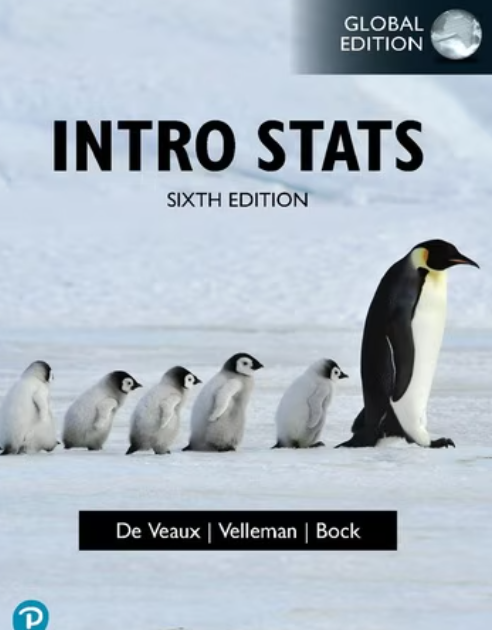


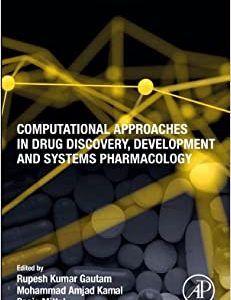


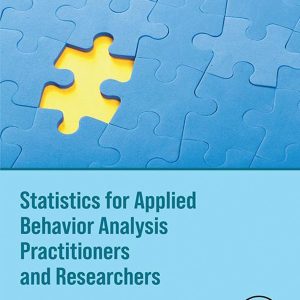


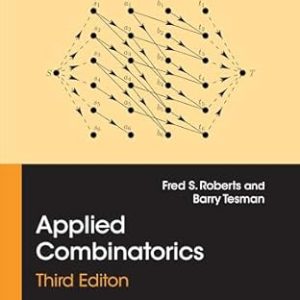

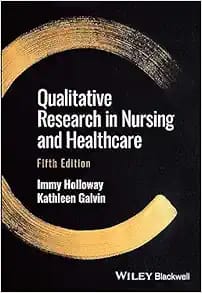


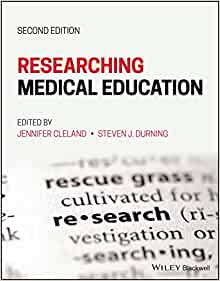


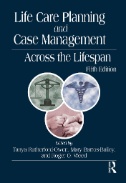






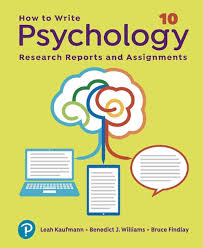
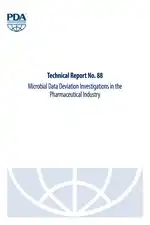

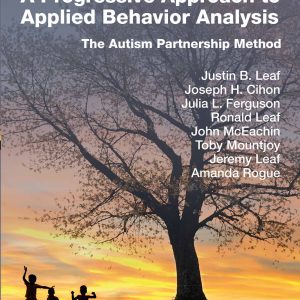

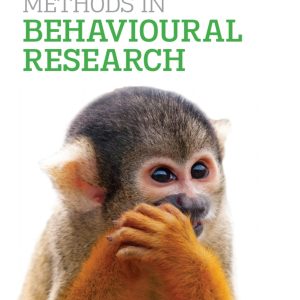

Reviews
There are no reviews yet.